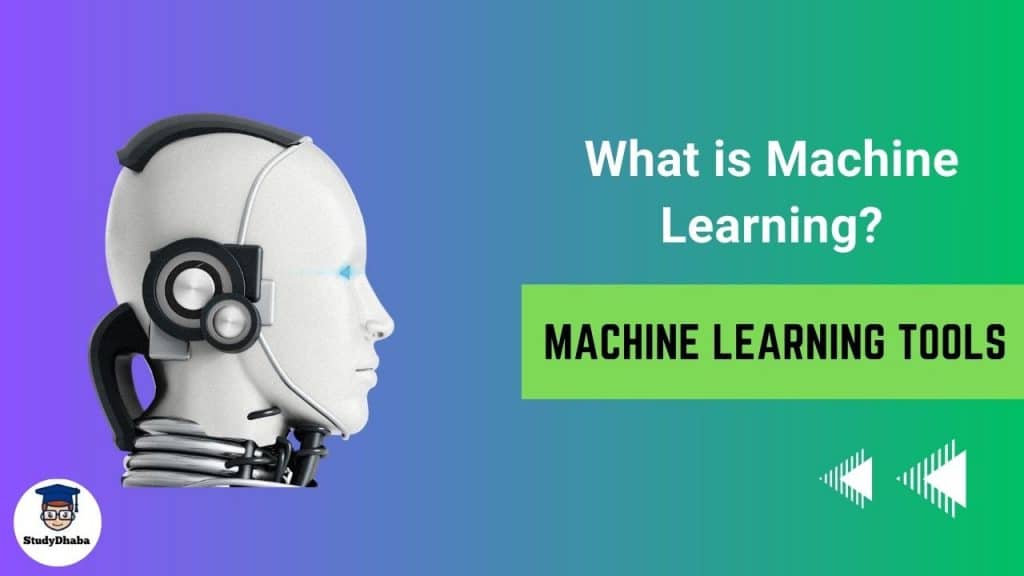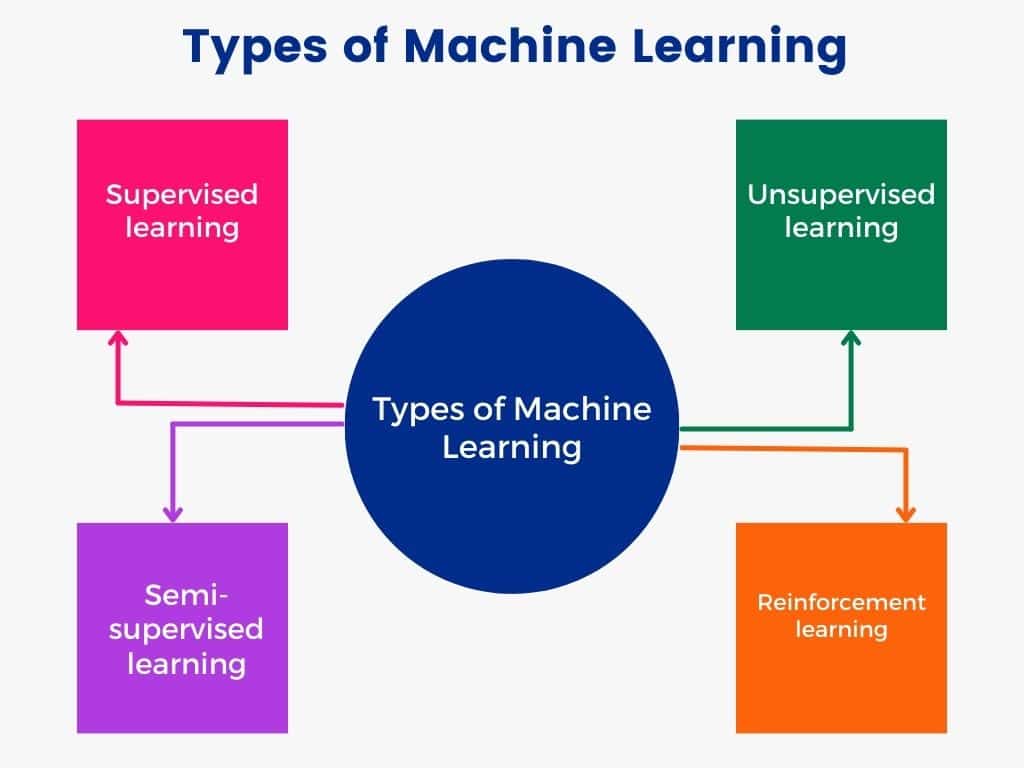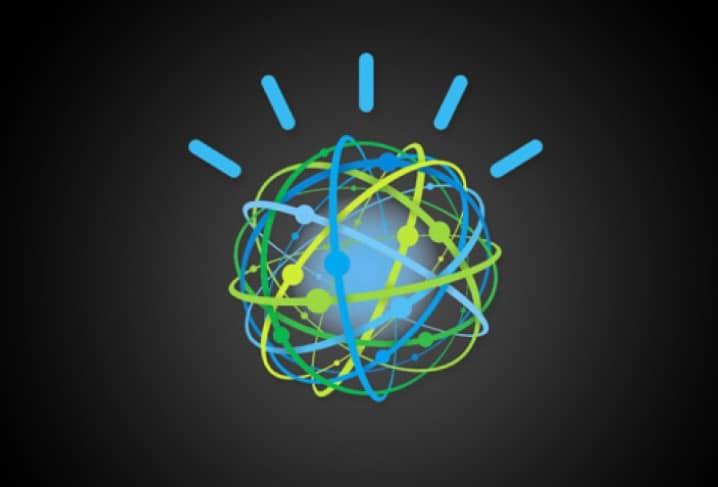Best Machine Learning Tools List 2024 To Elevate Your Skills and improve your productivity. Machine learning is a type of artificial intelligence whereby the machine learns and predicts things automatically with the help of its experience and data.
In other words, “Machine learning is a study that provides computers with the ability to learn by themselves.” ” Just as we humans learn things from our experience, machines or computers learn by themselves without the help of humans. The ability of a machine or computer to learn on its own is called machine learning. Machine learning is widely used nowadays in every field.
Machine learning was invented in 1959 by Arthur Samuel. With the help of machine learning, the machine makes predictions and takes very important decisions. Machine learning is a branch of computer science that gives the machine the ability to do its work and develop itself on its own. Machine learning enables the machine to think, understand and learn like a human so that the system or machine can easily complete a task like a human being.
For all readers of study dhaba here we have explained everything about machine learning and the best machine learning tools list. You can read all the details below:

Best Machine Learning Tools List: What is Machine Learning?
Best Machine Learning Tools List. Arthur Samuel, an American leader in computer gaming and artificial intelligence, coined the term ‘machine learning’ at IBM in 1959. According to him, machine learning means “the field of study that gives the ability to learn without explicitly programming the computer.” ”
Although there is no universally accepted definition of machine learning, each author’s basic idea about machine learning is the same. Machine learning is a subset of artificial intelligence (AI) that mainly focuses on developing algorithms and statistical models to enable computers to learn from experiences and enhance their performance.
Algorithms and Statistical models are designed to allow machines to automatically learn from data, make predictions, and make decisions without explicit programming or instructions. The model can be predictive, predictable, or descriptive, deriving knowledge from the data.
Machine Learning Examples:
Machine learning in AI is used in wide applications in various industries. The following are some examples of real-world machine learning that show how it affects our daily lives:
1. Recommendation Systems:
Streaming services like Netflix and Spotify use machine learning to analyze your viewing or listening history. Based on this data, they recommend movies, TV shows, or music that you like.
2. Speech Recognition:
Virtual assistants like Siri, Alexa, and Google Assistant use machine learning to understand and respond to voice commands. They constantly learn and improve their understanding of human speech patterns.
3. Predictive Maintenance:
Manufacturing companies use machine learning to predict when machines will need maintenance, which reduces downtime and saves costs.
4. Weather Forecasting:
Machine learning models can analyze large amounts of meteorological data to predict weather conditions, helping in more accurate and timely weather forecasts.
5. Stock Market Trading:
Machine learning algorithms can analyze market trends and make automated trades at volumes and speeds impossible for a human trader.
6. Email Filtering:
Email services like Gmail use machine learning to filter spam. The system learns to identify patterns in emails that are commonly associated with spam or phishing attempts.
7. Fraud Detection:
Financial institutions use machine learning to detect unusual patterns in transactions, which can indicate fraud. For example, if a credit card that is commonly used in one country suddenly starts making transactions in another country, the system may mark it as suspicious.
8. Autonomous Vehicles:
Self-driving cars use machine learning to make decisions such as how to move on the roads, how to identify objects and pedestrians who are moving, and when to speed up or slow down.
9. Healthcare & Medical Diagnosis:
Machine learning algorithms can analyze medical images such as X-rays or MRIs to help doctors diagnose diseases quickly and accurately.
10. Natural Language Processing (NLP):
Tools like Grammarly use machine learning to improve your writing by checking grammar and spelling mistakes and even suggesting style improvements.
Best Machine Learning Tools List: Types of Machine Learning

There are mainly four types of machine learning that are following:
- Supervised learning
- Unsupervised learning
- Semi-supervised learning
- Reinforcement learning
1. Supervised learning
Supervised learning is a type of machine learning in which labelled data is used to train the machine. In this, the machine uses labelled data to understand the data sets to create the model.
Labelled data is a kind of input data that is already present with the machine and by analyzing this data, the system predicts the output data. To understand it in simple words, supervised learning is a process in which the system provides the correct output data to the user with the help of input data.
In supervised learning, we have both input and output in data. If your data has both features and labels, then you can use supervised learning algorithms on that data. Supervised Learning itself suggests that supervision or guidance is required here.
Supervised ML uses two types of algorithms:
- Regression
- Classification
Algorithms of Supervised Learning:
Different types of supervised algorithms are the following:
- Linear Regression
- Regression Trees
- Logistic Regression
- Support vector Machines
- XGBoost
- Non-Linear Regression
- Bayesian Linear Regression
- Polynomial Regression
- Random Forest
- Decision Trees
2. Unsupervised learning
Unsupervised learning is a type of machine learning in which the model is trained using an unlabeled dataset and allowed to act on that data without any supervision. The goal of unsupervised learning is to find the underlying structure of the dataset, group that data according to similarity, and present that dataset in a compressed format.
Unsupervised ML also uses two types of algorithms:
- Clustering
- Association
Clustering:
Clustering is a method of grouping objects such that the most similar objects reside in a group and have no resemblance to objects in another group. Cluster analysis finds similarities between data objects and classifies them according to the presence and absence of those similarities.
Cluster analysis finds similarities between data objects and classifies them according to the presence and absence of those similarities.
Association:
The association rule is an unsupervised learning method used to find relationships between variables in large databases. It determines the set of objects that occur together in a dataset.
Algorithms of Unsupervised Learning:
- Independent Component Analysis
- Apriori algorithm
- K-means clustering
- KNN (k-nearest neighbours)
- Hierarchical clustering
- Anomaly detection
- Neural Networks
- Principal Component Analysis
- Singular value decomposition
- DBSCAN
3. Semi-supervised learning
Semi-supervised learning is an approach to machine learning that combines a small amount of labelled data with a large amount of unlabeled data during training. Semi-supervised learning falls between unsupervised learning (unlabelled training data) and supervised learning (labelled training data). We can say that semi-supervised learning is a mixture of supervised and unsupervised machine learning.
4. Reinforcement learning
Reinforcement learning is a learning technique in which the agent is rewarded for doing the right thing and the penalty is given for doing the wrong work. It is learning, based on feedback. Based on the feedback, the agent automatically learns and improves himself. For example– a robot that learns to operate its own hands. This is an example of robot reinforcement learning.
Best Machine Learning Tools List: Advantages of Machine Learning
The advantages of Machine Learning are the following:
- Machine learning helps in making the machine advanced and modern.
- Machines can think and understand like humans and can easily complete any task like humans.
- It can predict the output data with the help of old input data so that the user gets to know the data of the future.
- It helps in providing better education to the students.
- Machine learning provides students with such technology with the help of which students can easily research about anything.
- It helps in detecting the diseases of the patient so that the right disease can be detected.
- It can review and analyze a larger amount of data than humans and can also make more accurate predictions than humans.
- In this, any work can be completed easily because most of the tasks in machine learning are automated.
Best Machine Learning Tools List; Disadvantages of Machine Learning
The disadvantages of Machine learning are the following:
- Machine learning requires a high amount of data to be fully trained, due to which the chances of mistakes in the results increase significantly. Due to the large amount of data, it takes a lot of time to complete the tasks.
- Machine learning algorithms take a lot of time to develop, due to which a lot of time is wasted.
- Apart from this, the machine requires a large amount of resources for its algorithm to be fully developed.
- In this, the output data can be predicted with the help of old input data, but this result or data cannot be completely correct, due to which the user has to face problems.
- The size of the data in it is quite large, due to which the system needs a high amount of memory space.
Best Machine Learning Tools List: Top 20 Machine Learning Tools
The Top 20 best machine learning tools are the following:
- Microsoft Azure Machine Learning
- IBM Watson
- TensorFlow
- Amazon Machine Learning
- OpenNN
- PyTorch
- Vertex AI
- BigML
- Apache Mahout
- Weka
- Apache Spark
- Amazon SageMaker
- Project Jupyter
- Shogun
- RapidMiner
- Keras
- KNIME
- Colab
- Google Cloud AutoML
- Scikit-learn
1. Best Machine Learning Tools List: Microsoft Azure Machine Learning
In the Best Machine Learning Tools List Microsoft Azure Machine Learning is one of the top machine learning tools. Azure Machine Learning is a cloud-based platform for developing, training, and deploying machine learning models. It Provides tools for data preparation, model training, and experimentation with different algorithms. It supports the deployment of models as web services (Azure Functions, Kubernetes), IoT Edge modules, or batch-scoring jobs.

- It seamlessly integrates with other Azure services like Azure Databricks, Azure Synapse Analytics, Power BI, etc.
- It supports popular frameworks like TensorFlow, PyTorch, and sci-kit-learn, and provides AutoML capabilities.
- Supports Python, and R, and offers SDKs for easy integration into different development environments.
2. Best Machine Learning Tools List: IBM Watson
Another machine learning tool in the best learning tools list is IBM Watson. IBM Watson is a cognitive computing platform that uses artificial intelligence (AI) and machine learning to analyze large volumes of data, understand natural language, and provide insights. IBM Watson machine learning tools have advanced NLP capabilities, allowing it to understand and process human language in various forms, including text and speech.

- IBM offers a range of Watson APIs that developers can use to integrate Watson’s capabilities into their applications. These APIs cover areas such as language understanding, speech-to-text, text-to-speech, visual recognition, and more.
Watson is used in various industries and applications, including:
- Healthcare (e.g., diagnosing diseases, drug discovery)
- Finance (e.g., fraud detection, risk analysis)
- Customer service (e.g., chatbots), and more.
Conclusion: Best Machine Learning Tools List
Hope you like this article about machine learning. If this article on What is Machine Learning and the top tools of machine learning has been useful for you, then definitely share it with your friends and classmates. And if you have any questions related to any subject, then tell me by commenting below.



